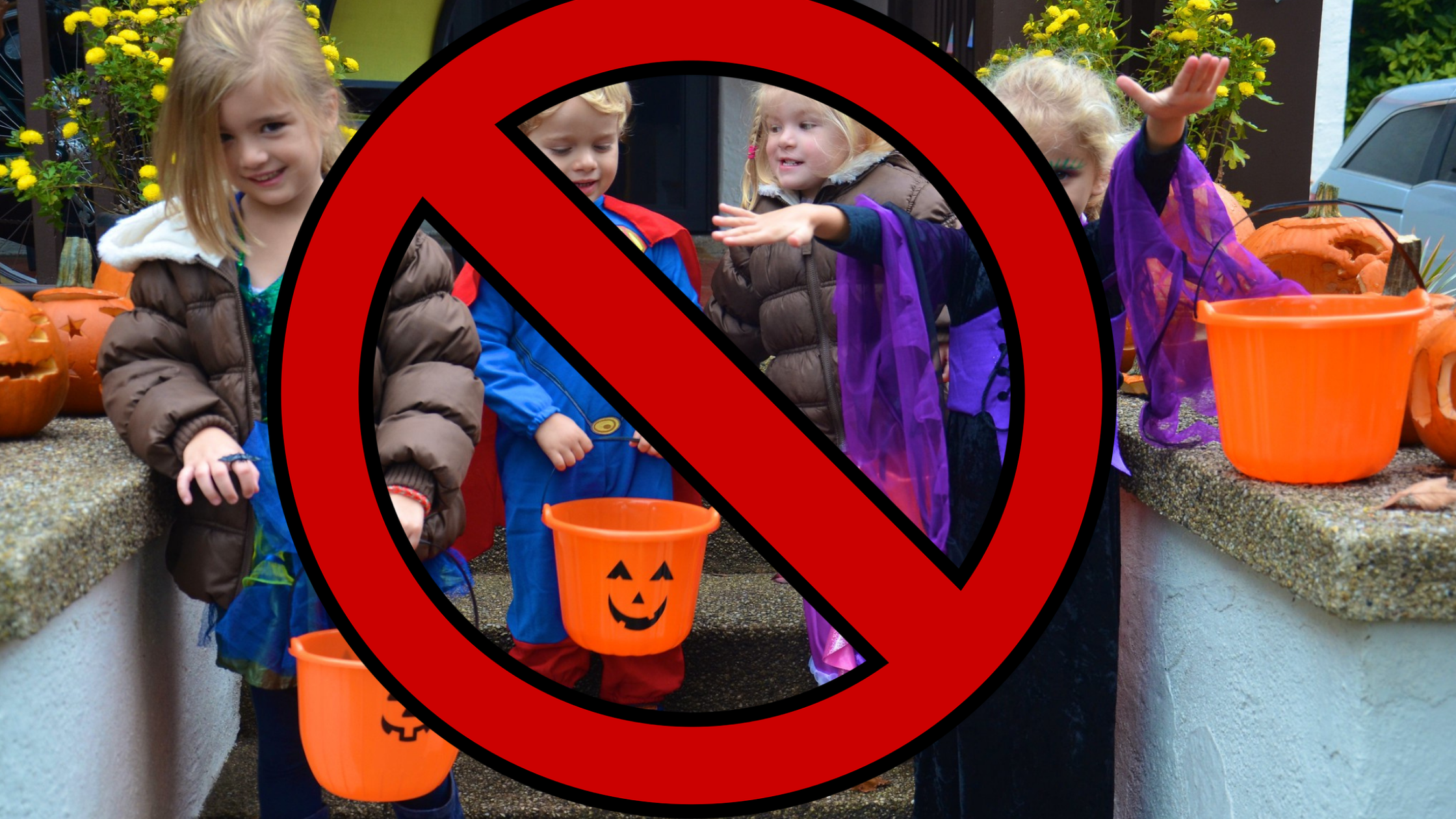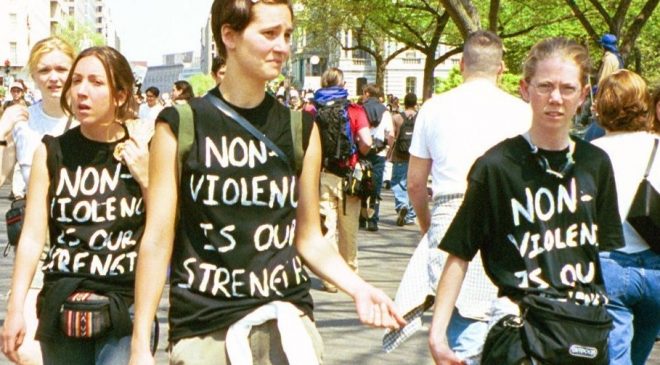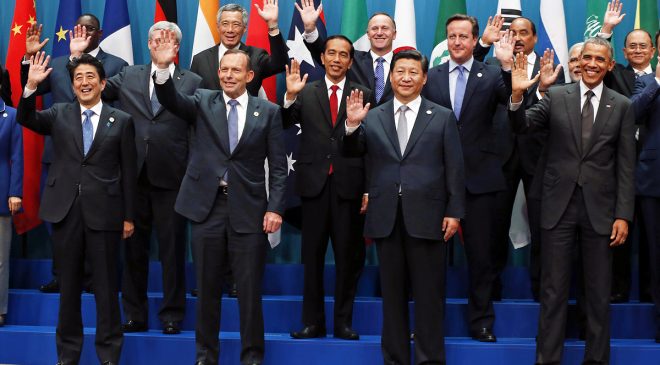Halloween is creepy this year and it has nothing to do with the costumes and face paint. Several cities and counties have placed an outright ban on children’s trick-or-treating due to COVID-19 fears, while others are strongly urging families to forgo the practice.
The US Centers for Disease Control and Prevention (CDC) advises individuals and families to spend this Saturday at home, alone (masks optional). Some communities are taking a more reasoned approach, allowing people to make their own decisions while acting courteously and responsibly toward others. This less heavy-handed approach toward Halloween is not only constitutionally sound, it is also likely to be much smarter and safer.
Springfield, Massachusetts was one of the first places in the US to ban trick-or-treating. In September, the mayor canceled all trick-or-treating in the state’s third largest city, saying it was a “no-brainer.” A couple of weeks later, Worcester, the state’s second largest city, also banned trick-or-treating, and other cities and towns have either prohibited trick-or-treating or have enacted various restrictions.
The Republican governor of Massachusetts, Charlie Baker, pointed out the potential unintended consequences of banning trick-or-treating and related Halloween festivities. Despite pressure to enact a statewide ban on Halloween, Baker explained that “the reason we’re not canceling Halloween is because that would have turned into thousands of indoor Halloween parties, which would have been a heck of a lot worse for public safety, and for the spread of the virus, than outdoor, organized, and supervised trick or treating.”
In New York, Democratic Governor Andrew Cuomo took a similar sensible stance, saying: “I would not ban trick-or-treaters going door to door. I don’t think that’s appropriate…You have neighbors – if you want to go knock on your neighbor’s door, God bless you and I’m not going to tell you not to.”
Indeed, it has been suggested that trick-or-treating bans violate the First Amendment and citizens’ right to free expression. That hasn’t stopped municipalities from enacting them. Some counties in Texas have prohibited trick-or-treating this month, as well as several communities in New Jersey. In California, Los Angeles County initially banned trick-or-treating and then quickly retreated, saying officials would not ticket families who decided to go trick-or-treating.
The CDC Wants You To Stay Home on Halloween
These trick-or-treating bans and restrictions flow from guidance put forth by the CDC. Last month, it released its Halloween recommendations urging such trick-or-treating substitutes as “carving or decorating pumpkins with members of your family and displaying them,” or enjoying a “Halloween movie night with the people you live with.”
For a rollicking good time, the CDC suggests “a virtual Halloween costume contest.” It considers traditional trick-or-treating to be a “high risk” activity this year, despite the fact that it happens outside and encourages mask-wearing. It’s likely to be at least as safe as protesting, which many public health experts have applauded. Moreover, trick-or-treaters typically gather individually or in small groups, lessening potential risks imposed by large outside gatherings.
At a moment when youth mental health is precarious, banning trick-or-treating or enacting similar restrictions that dissuade families from participating in Halloween, can exacerbate feelings of despair and disconnection.
FEE’s Jon Miltimore reported last week that suicides are up nearly 100 percent among young people in Wisconsin’s second largest county, and the recent tragic loss of a 10-year-old girl to suicide in another Wisconsin county rattled the community. The ongoing social isolation is damaging an entire generation of kids, posing a much greater risk to their mental health than the virus poses to their physical health.
Focused Protection, Not Government Lockdowns
In a weekend Wall Street Journal article, two of the authors of the Great Barrington Declaration reinforced the dire consequences of ongoing pandemic restrictions and renewed lockdowns, especially on young people.
Dr. Jay Bhattacharya, a physician and economist at Stanford University, explains that young people “who face more medical and psychological risk from the lockdowns than they do from Covid infection,” are expected to submit to these lockdowns and related policies “in the false hope that this sacrifice will protect the vulnerable people.”
Dr. Martin Kulldorff, a biostatician at Harvard University, is even more forceful, stating that government lockdowns are “the worst assault on the working class in half a century—the worst assault since segregation and the Vietnam War.” He explains that current policies protect “very low-risk college students and very low-risk professionals” who can work from home while expecting older people and non-professionals to be “out there working, including high-risk people in their 60s. So the working class is building up the population immunity that will eventually protect all of us.”
The Great Barrington Declaration authors, including Dr. Sunetra Gupta, an epidemiology professor at Oxford University, recommend a policy of “focused protection” over government lockdowns that would protect the most vulnerable individuals and groups in society while enabling lower-risk populations, such as young people, to go about their lives normally.
At Halloween, this policy of “focused protection” would likely mean encouraging responsible trick-or-treating among young people while protecting older and more vulnerable community members. Parents should remind children, as usual, to keep their Halloween masks on, only visit the homes of the people they know in their neighborhood, and avoid knocking on doors of homes with their lights off.
Not only are government orders banning trick-or-treating constitutionally flimsy, they can prompt more Halloween activities to move inside where the virus is known to spread more easily. These bans and restrictions also punish children and young people whose mental health and emotional well-being are increasingly deteriorating under dystopian isolation policies.
This year, these policies are the spookiest things about Halloween.




